

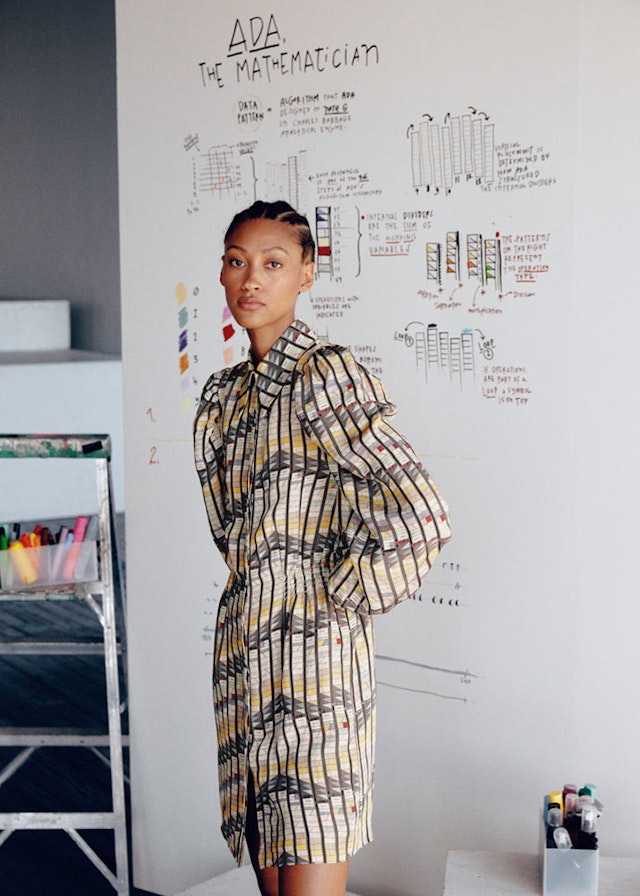
The project makes data accessible in a whole new way—by making it wearable on garments that incorporate hand-drawn data patterns.
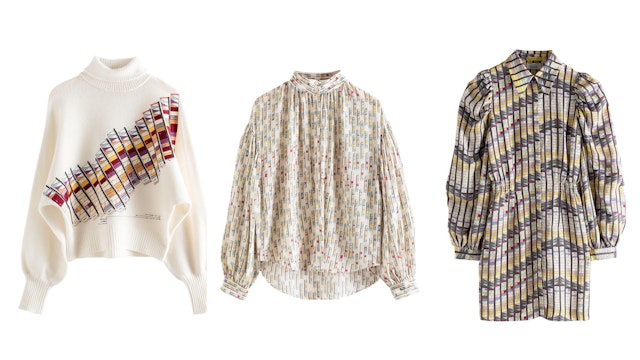

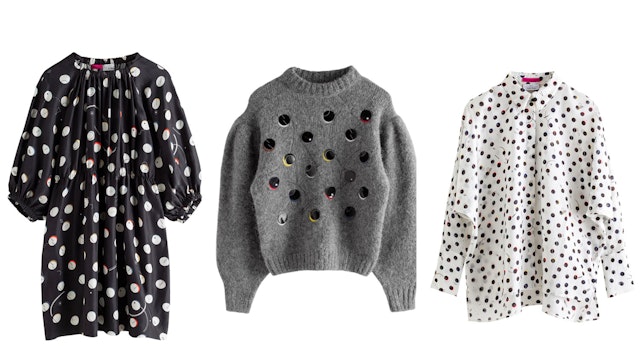

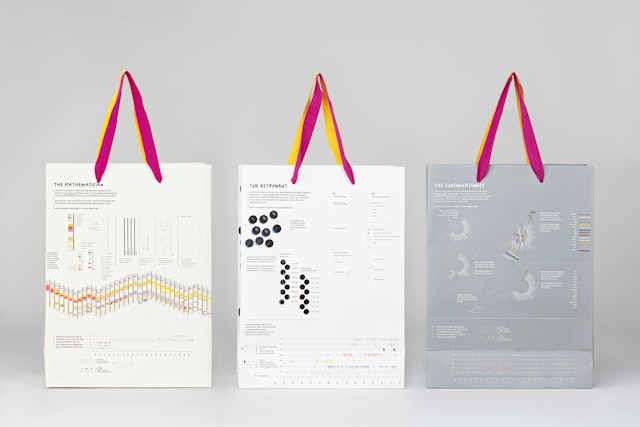
Giorgia thought about how data might be used to share stories of women’s lives through the clothes—particularly the amazing achievements of women working in science.

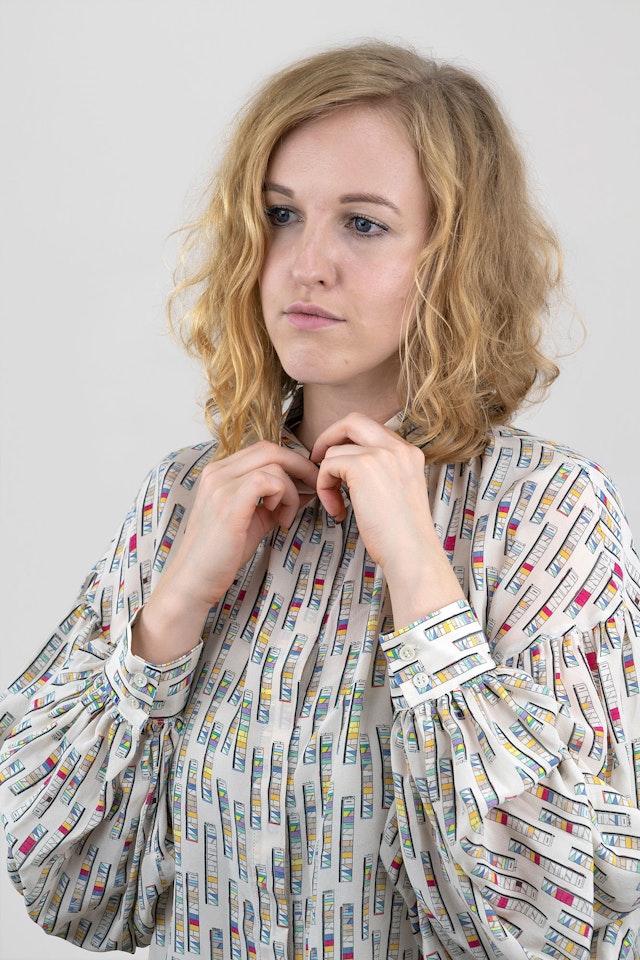

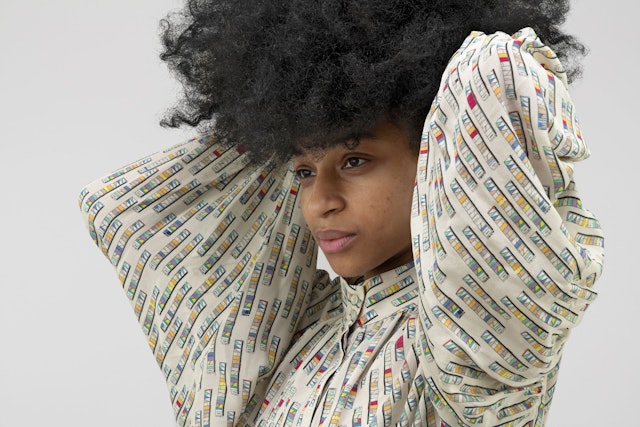

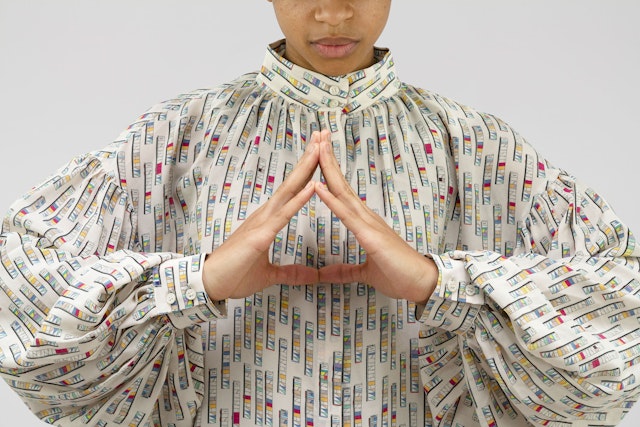

Research into the lives and accomplishments of Ada Lovelace, Rachel Carson and Mae Jemison was translated into a series of simple graphic elements—shapes, colors, lines—that were used to form distinct abstract data patterns.
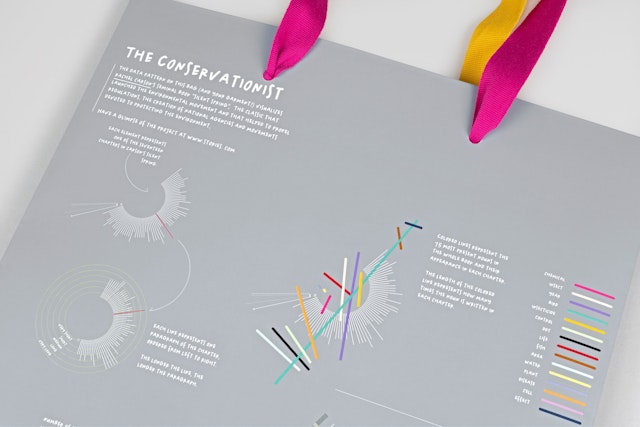


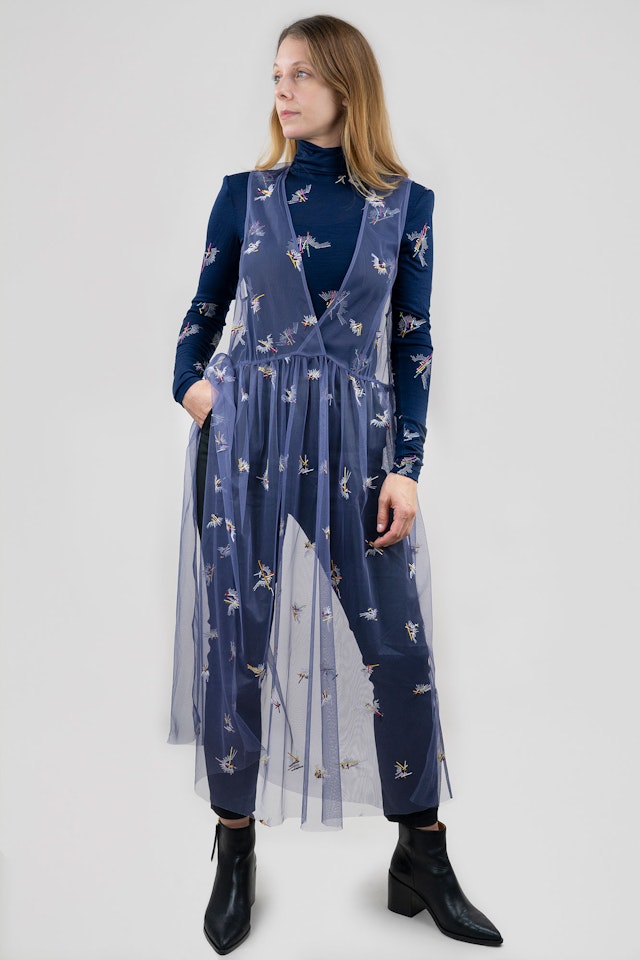

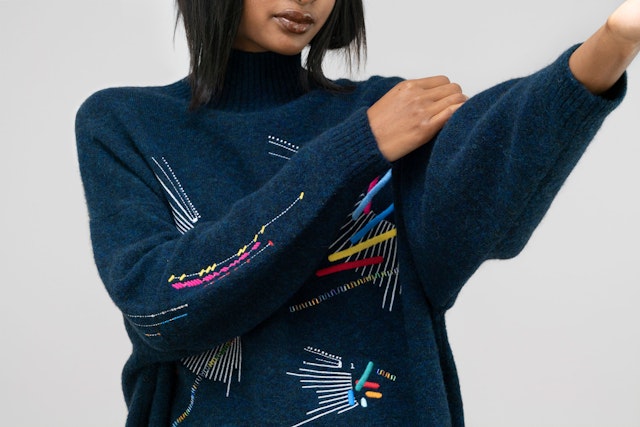
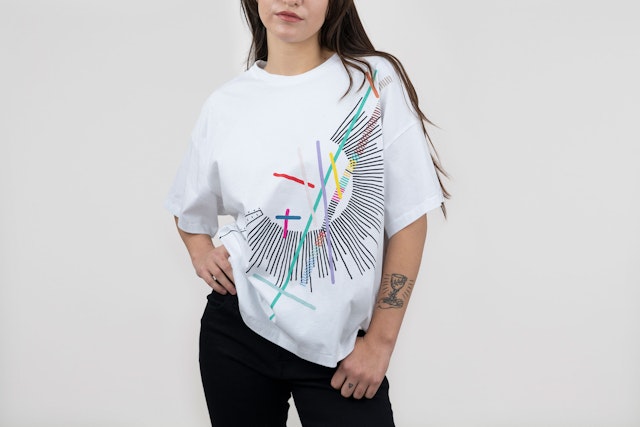
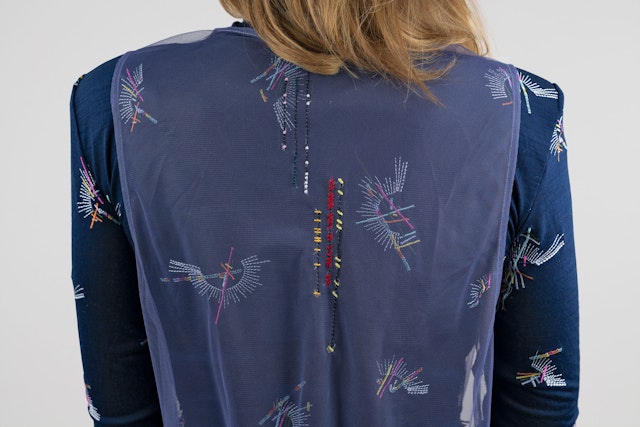
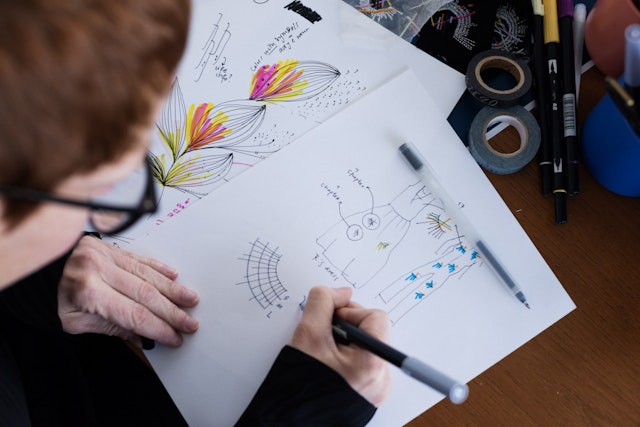
Giorgia worked with the apparel designers at & Other Stories on ways to integrate the data patterns into the various garment types.


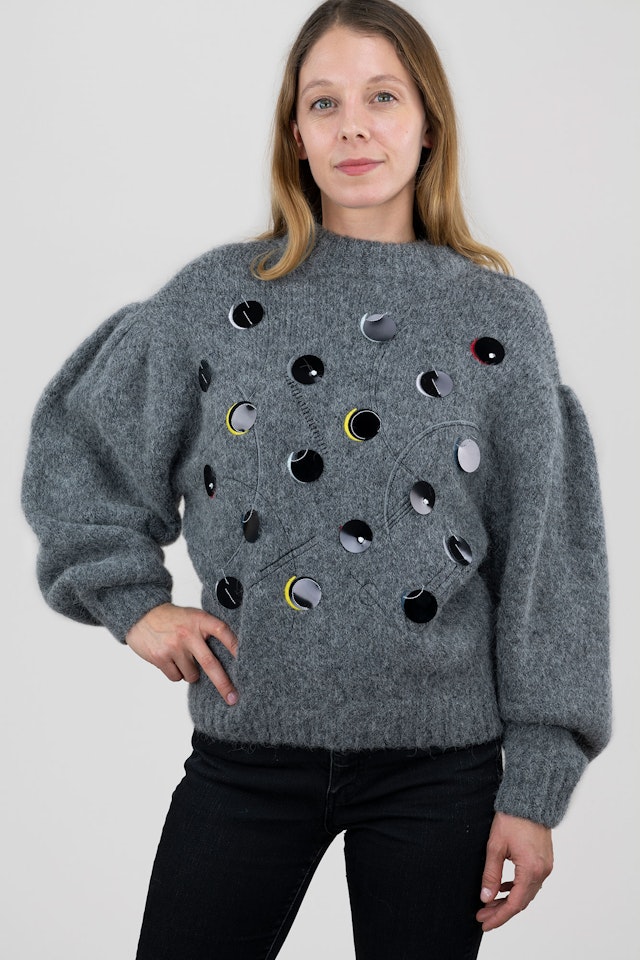
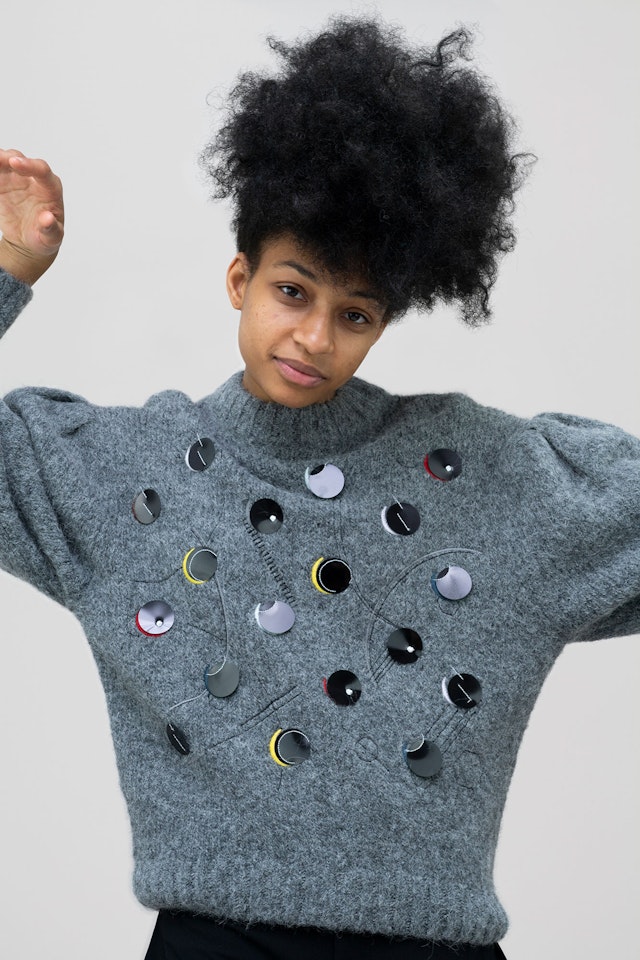
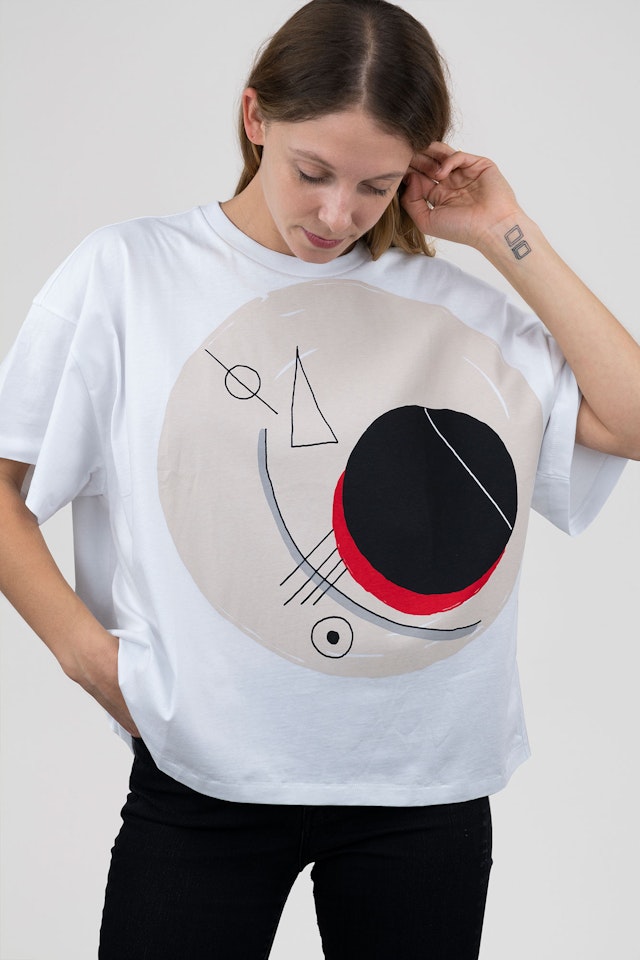
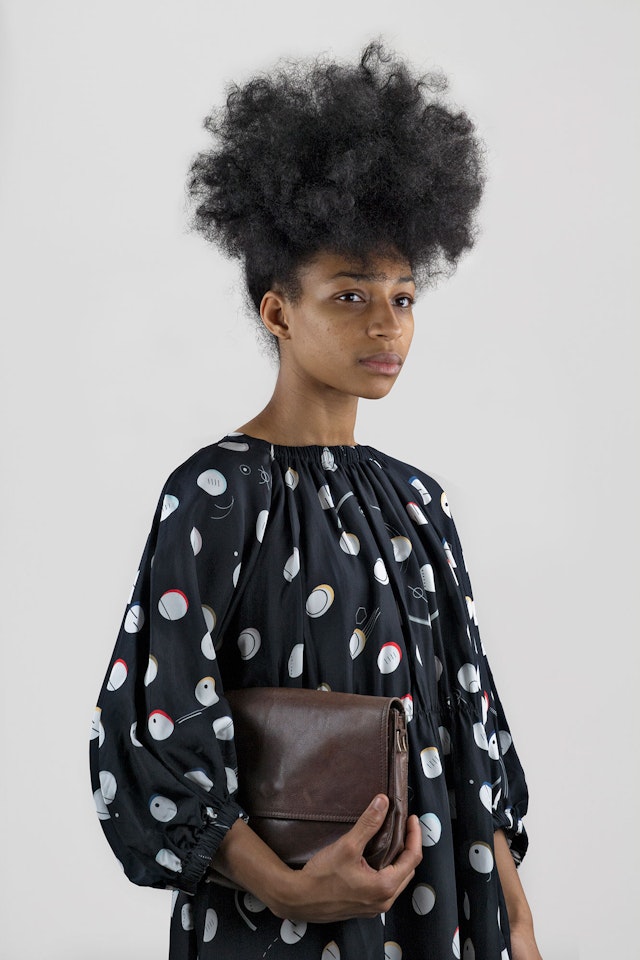



The team played with the scale and placement of the patterns to incorporate them into the unique design and construction of the garments.
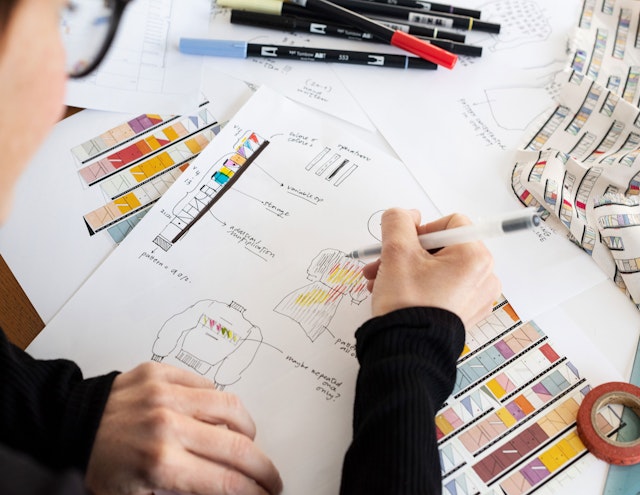

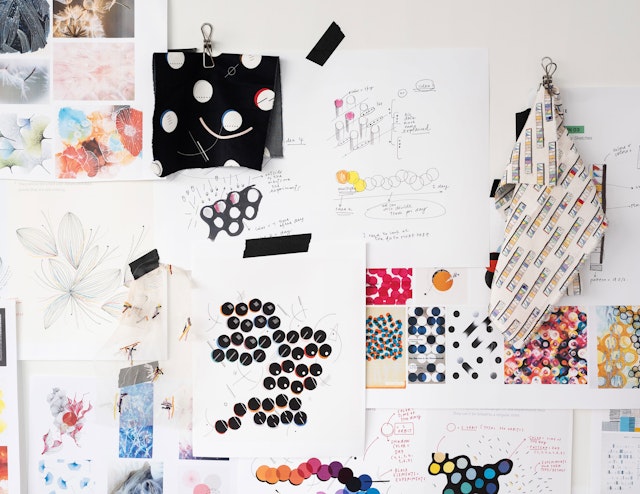

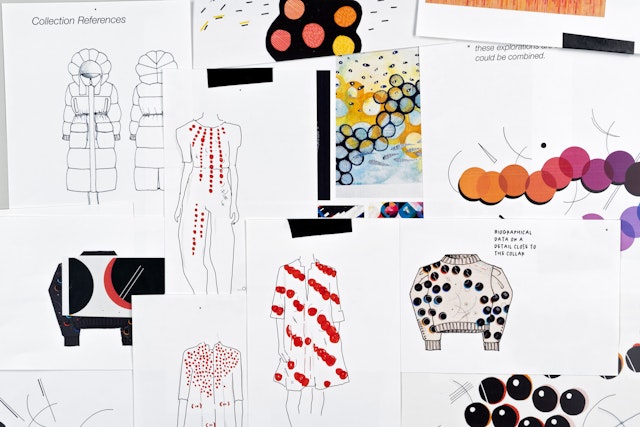

In her work, Pentagram partner Giorgia Lupi seeks to humanize data by uncovering the stories behind the numbers and statistics. Giorgia has collaborated with the fashion brand & Other Stories on a ready-to-wear collection that makes data accessible in a whole new way––by making it wearable on garments that incorporate her hand-drawn data patterns. The patterns are inspired by the lives of three trailblazing women: Ada Lovelace, or “The Mathematician,” recognized as the first computer programmer; Rachel Carson, “The Environmentalist,” the writer and conservationist who helped pioneer the environmental movement; and Mae Jemison, “The Astronaut,” the physicist and former NASA astronaut who was the first African-American woman in space.
Giorgia was invited to develop the line as one of the brand’s special “Co-lab” collections, which are co-created with a different artist or designer every year. (Previous Co-labs have featured Rodarte, Rachel Antonoff, Kim Gordon and Lykke Li.) As an unusual take on sharing personal stories, Giorgia’s collection aligns perfectly with the brand mission of & Other Stories, which encourages women to express themselves and tell their own stories through fashion.
The collection is a dream project for Giorgia, whose Data Humanism Manifesto challenges the idea of data as something that is impersonal and intimidating. Conceiving the Co-lab, Giorgia thought about how data might be used to share stories of women’s lives through the clothes––particularly the amazing achievements of women working in science, technology, engineering and mathematics (STEM). (The idea was initially inspired by the book Good Night Stories for Rebel Girls, which collects the life stories of 100 extraordinary women.)
After selecting Lovelace, Carson and Jemison as her subjects, Giorgia researched their lives and accomplishments to find a focus for their individual data sets. These variables were then translated into a series of simple graphic elements––shapes, colors, lines––that were used to form distinct abstract data patterns for each woman.
Giorgia worked with the apparel designers at & Other Stories on ways to integrate the data patterns into the various garment types, including knits, dresses, blouses and coats. The team played with the scale and placement of the patterns to incorporate them into the unique design and construction of the garments, rather than simply applying them as graphics. The patterns are embroidered on some items; others are made of custom-printed textiles.
Ada Lovelace (1815 - 1852) sketched what is now recognized as the first instance of software code in history in her famous “Note G” to the English translation she made of Luigi Menabrea’s paper on Charles Babbage’s theorization of an “analytical engine.” Giorgia created a hand-crafted dataset based on Lovelace’s algorithm, with each of the 36 steps of the formula visualized with a rectangle. Vertical placement is determined by the way Lovelace structured the internal dividers for the operations. Results are indicated by the filling colors, and shapes at the bottom indicate the coefficient to calculate. Information from the mathematician’s life is included in parallel timelines.
Rachel Carson (1907-1964) is credited with launching the environmental movement with her landmark book Silent Spring (1962). Giorgia built a data set that reveals the interconnected structure of the contents of the book, evoking Carson’s systemic approach to environmental conservation. The designer conducted a semantic analysis of the text of the book, developing an organic data structure that maps the content. Each of the 17 chapters is represented by a sunburst-like array of lines. An overlay of colored lines represent the 15 most frequently used nouns in the text of each chapter (chemical, insecticide, water, etc.), while dotted lines stand for the most used adjectives (toxic, human, natural, etc.) Carson’s biographical data is illustrated on adjacent timelines.
Mae Jemison (b. 1956) broke barriers as the first woman of color in space during her 1992 expedition to the International Space Station. Giorgia looked at research from Jemison’s weeklong mission to create a data pattern that describes her 126 orbits around Earth and the experiments she performed. The circular and crescent forms suggest orbits, planets and phases of the moon. Each circle in the pattern represents a single orbit, with shadow colors showing time of day. Underlying symbols indicate different types of experiments, and biographical data is captured on adjacent timelines.
Each of the three lines has its own special shopping bag presenting a legend to interpret the data pattern. Giorgia also designed a series of t-shirts for the Co-lab, each featuring a different pattern from the three lines. The Giorgia Lupi Co-Lab collection is available in selected & Other Stories stores and online at stories.com.
